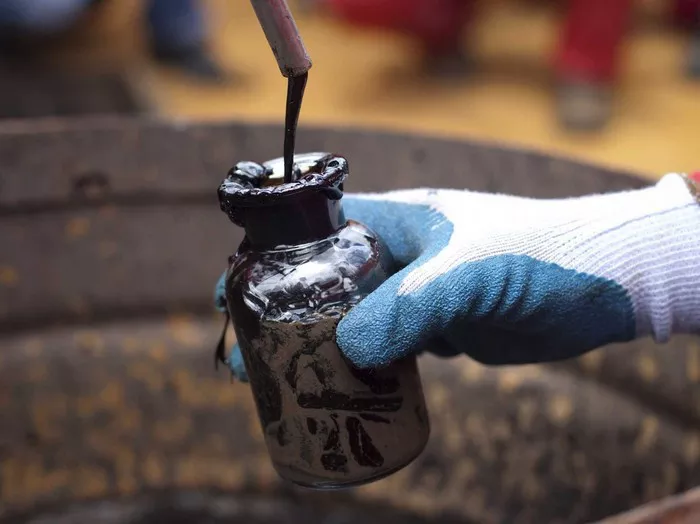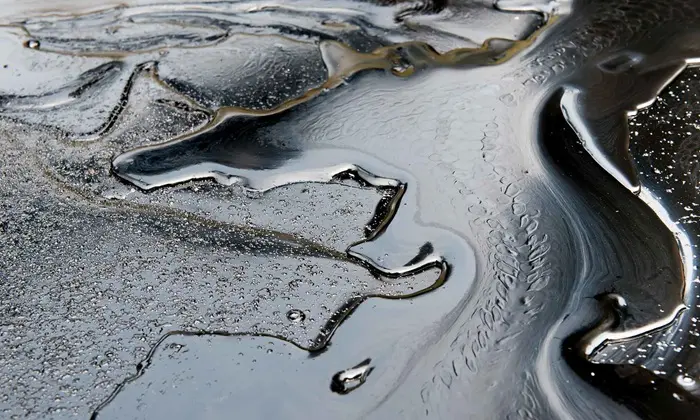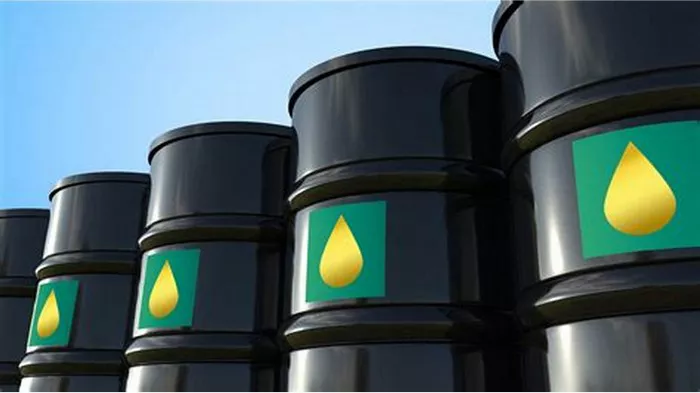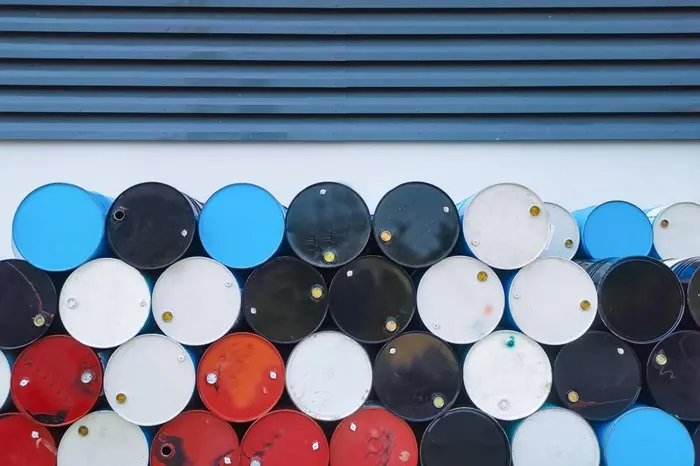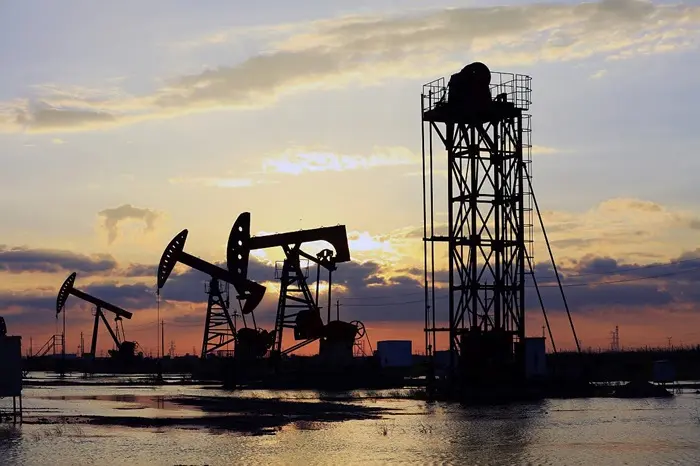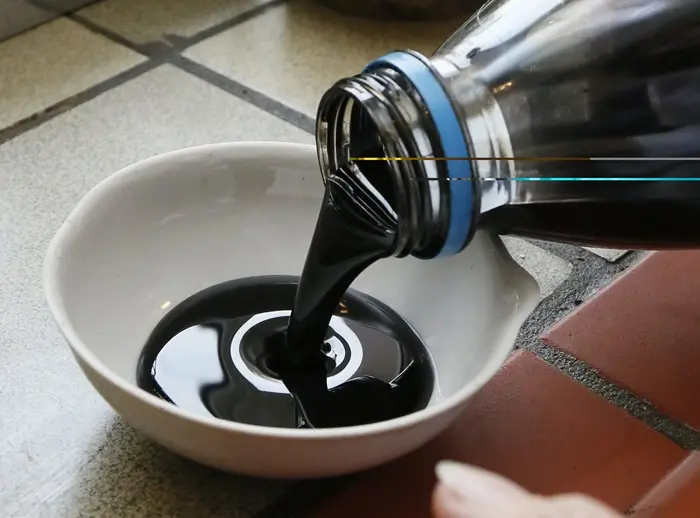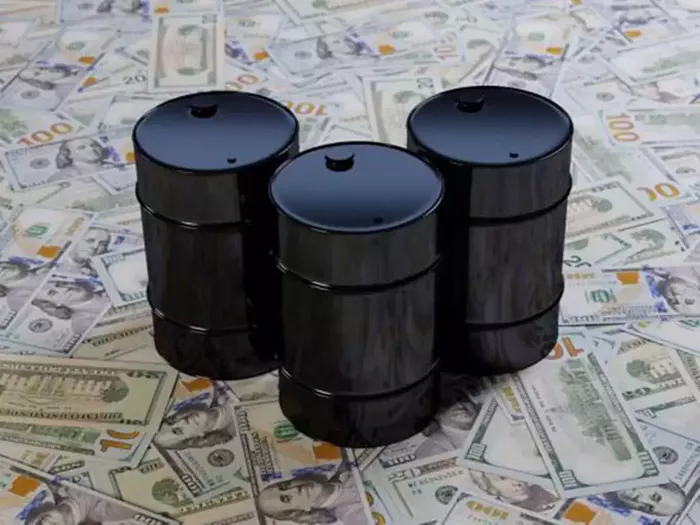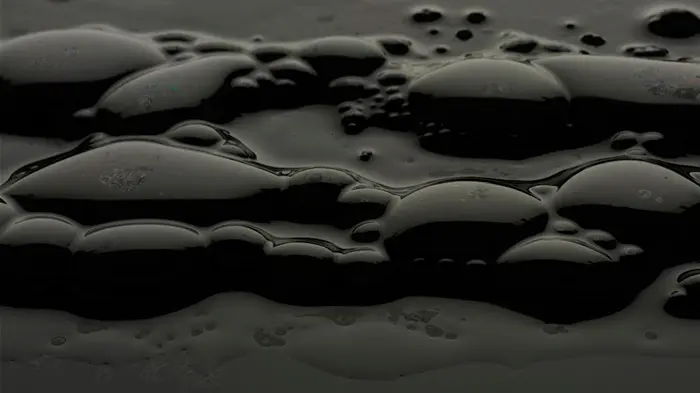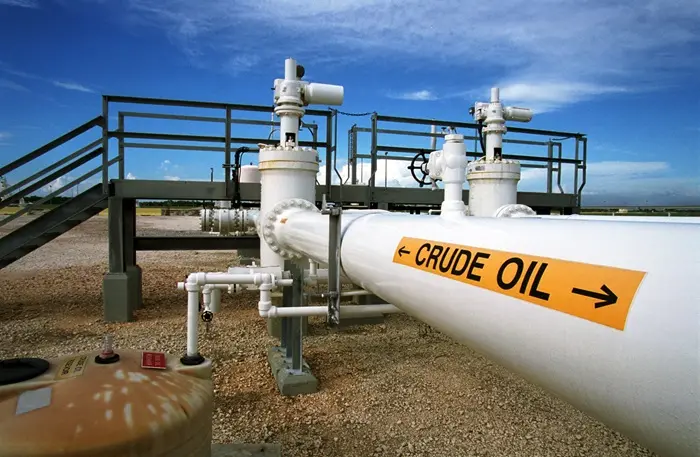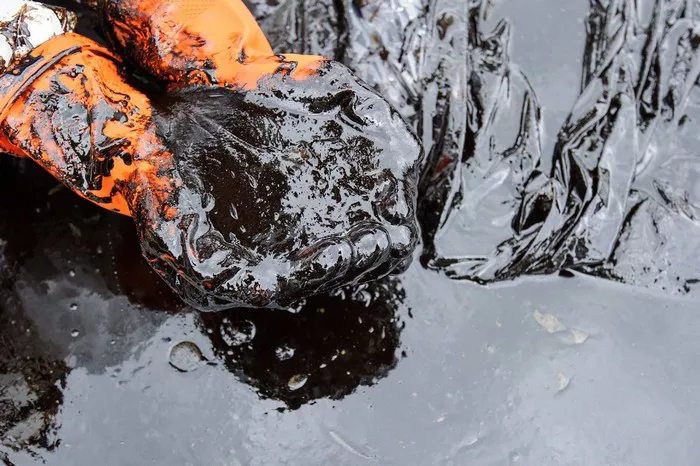Crude oil, a complex mixture of hydrocarbons, is the lifeblood of the modern energy sector. One of the key processes in refining crude oil is the separation of its components based on their boiling points. Understanding the boiling points of different fractions in crude oil is essential for efficient refining and for the production of various fuels and chemicals. This article explores the five lowest boiling points in crude oil, providing an in-depth look at their characteristics and applications.
Introduction to Crude Oil Distillation
Crude oil distillation, also known as fractional distillation, is the primary method used to separate the various hydrocarbons in crude oil. The process relies on the differences in boiling points of the components. The crude oil is heated, and as it vaporizes, the vapors are condensed at different temperatures to isolate specific fractions. These fractions are then processed further to produce fuels, lubricants, and other valuable products.
The Lightest Fractions in Crude Oil
1. Methane (Boiling Point: -161.5°C)
Methane is the simplest hydrocarbon and the primary component of natural gas. It has the lowest boiling point among the hydrocarbons present in crude oil.
Properties and Characteristics
Chemical Formula: CH₄
Molecular Weight: 16.04 g/mol
Boiling Point: -161.5°C (-258.7°F)
State at Room Temperature: Gas
Applications
Methane is a significant fuel source used for electricity generation, heating, and as a feedstock for the production of chemicals like methanol. Its low boiling point necessitates specialized handling and storage techniques, often involving cryogenic temperatures.
2. Ethane (Boiling Point: -88.5°C)
Ethane, another major component of natural gas, is the second-lightest hydrocarbon in crude oil.
Properties and Characteristics
Chemical Formula: C₂H₆
Molecular Weight: 30.07 g/mol
Boiling Point: -88.5°C (-127.3°F)
State at Room Temperature: Gas
Applications
Ethane is primarily used as a petrochemical feedstock to produce ethylene, a precursor for plastics and other chemicals. It is also used as a fuel, though its application is less common compared to methane.
3. Propane (Boiling Point: -42°C)
Propane is a widely used hydrocarbon with a relatively low boiling point, making it suitable for various applications.
Properties and Characteristics
Chemical Formula: C₃H₈
Molecular Weight: 44.10 g/mol
Boiling Point: -42°C (-43.6°F)
State at Room Temperature: Gas
Applications
Propane is used as a fuel for heating, cooking, and in vehicles. It is also utilized in industrial applications and as a refrigerant. Its ease of liquefaction under pressure makes it a popular choice for portable fuel tanks.
4. Butane (Boiling Point: -0.5°C)
Butane is another hydrocarbon with a low boiling point, often used in conjunction with propane.
Properties and Characteristics
Chemical Formula: C₄H₁₀
Molecular Weight: 58.12 g/mol
Boiling Point: -0.5°C (31.1°F)
State at Room Temperature: Gas
Applications
Butane is used as a fuel for lighters, portable stoves, and as a propellant in aerosol sprays. It is also blended with propane to produce liquefied petroleum gas (LPG).
5. Pentane (Boiling Point: 36°C)
Pentane is the lightest liquid hydrocarbon in crude oil with the highest boiling point among the five lightest fractions.
Properties and Characteristics
Chemical Formula: C₅H₁₂
Molecular Weight: 72.15 g/mol
Boiling Point: 36°C (96.8°F)
State at Room Temperature: Liquid
Applications
Pentane is used as a blowing agent for the production of polystyrene foam. It is also used as a solvent and in the formulation of gasoline. Its relatively high volatility makes it useful in various industrial applications.
Refining Processes for Light Hydrocarbons
The refining processes for light hydrocarbons involve several steps to separate and purify these fractions from crude oil.
Distillation
The primary method for separating light hydrocarbons is distillation. Crude oil is heated in a distillation column, and the vapors rise through the column, condensing at different levels based on their boiling points. The lightest fractions are collected at the top, while heavier fractions settle at the bottom.
Gas Processing
For gases like methane and ethane, gas processing plants are used. These plants separate natural gas liquids (NGLs) from the natural gas stream, purifying and separating each component.
Hydrocracking
Hydrocracking is a refining process that breaks down larger hydrocarbon molecules into smaller, more valuable ones. This process is particularly useful for converting heavier fractions into lighter hydrocarbons.
Reforming
Reforming is a process used to convert naphtha into high-octane gasoline components and other valuable products. This process increases the hydrogen content and improves the quality of the final products.
Environmental Considerations
The extraction and refining of light hydrocarbons have significant environmental implications.
Greenhouse Gas Emissions
The combustion of light hydrocarbons like methane and propane releases carbon dioxide and other greenhouse gases into the atmosphere, contributing to global warming.
Flaring and Venting
During oil and gas production, excess gases are often flared or vented. This practice releases methane, a potent greenhouse gas, directly into the atmosphere, exacerbating climate change.
Leaks and Spills
Leaks and spills during extraction and transportation can lead to significant environmental damage, contaminating soil and water sources.
Advancements in Refining Technologies
Technological advancements are continually improving the efficiency and environmental impact of refining processes.
Catalytic Cracking
Catalytic cracking uses catalysts to break down large hydrocarbon molecules into smaller ones, increasing yield and efficiency.
Membrane Technology
Membrane technology is being developed to separate hydrocarbons more efficiently, reducing energy consumption and emissions.
Carbon Capture and Storage
Carbon capture and storage (CCS) technologies aim to capture carbon dioxide emissions from refining processes and store them underground, reducing their impact on the atmosphere.
Market Dynamics and Economic Impact
The market dynamics of light hydrocarbons are influenced by various factors, including supply and demand, geopolitical events, and technological advancements.
Price Volatility
The prices of light hydrocarbons are subject to volatility due to fluctuations in crude oil prices, geopolitical tensions, and changes in demand.
Supply Chain
The supply chain for light hydrocarbons involves extraction, transportation, refining, and distribution. Any disruption in this chain can impact prices and availability.
Global Trade
Light hydrocarbons are traded globally, with major producers and consumers influencing market dynamics. Changes in trade policies and international relations can significantly impact the market.
Future Prospects
The future of light hydrocarbons in the energy sector is shaped by ongoing advancements in technology and shifts in energy policies.
Renewable Energy Integration
As the world moves towards renewable energy sources, the role of light hydrocarbons may diminish. However, they will continue to play a crucial role in the transition period.
Technological Innovations
Innovations in refining technologies and environmental mitigation strategies will shape the future of light hydrocarbons, making their extraction and use more sustainable.
Energy Policies
Government policies aimed at reducing carbon emissions and promoting clean energy will influence the future demand and utilization of light hydrocarbons.
Conclusion
The five lowest boiling points in crude oil—methane, ethane, propane, butane, and pentane—are crucial components of the energy sector. Their unique properties and applications make them valuable, yet their environmental impact cannot be overlooked. Understanding these hydrocarbons and their role in the refining process is essential for developing sustainable energy solutions and mitigating environmental damage. As technology advances and energy policies evolve, the future of light hydrocarbons will continue to adapt to meet the demands of a changing world.
Related topics:

